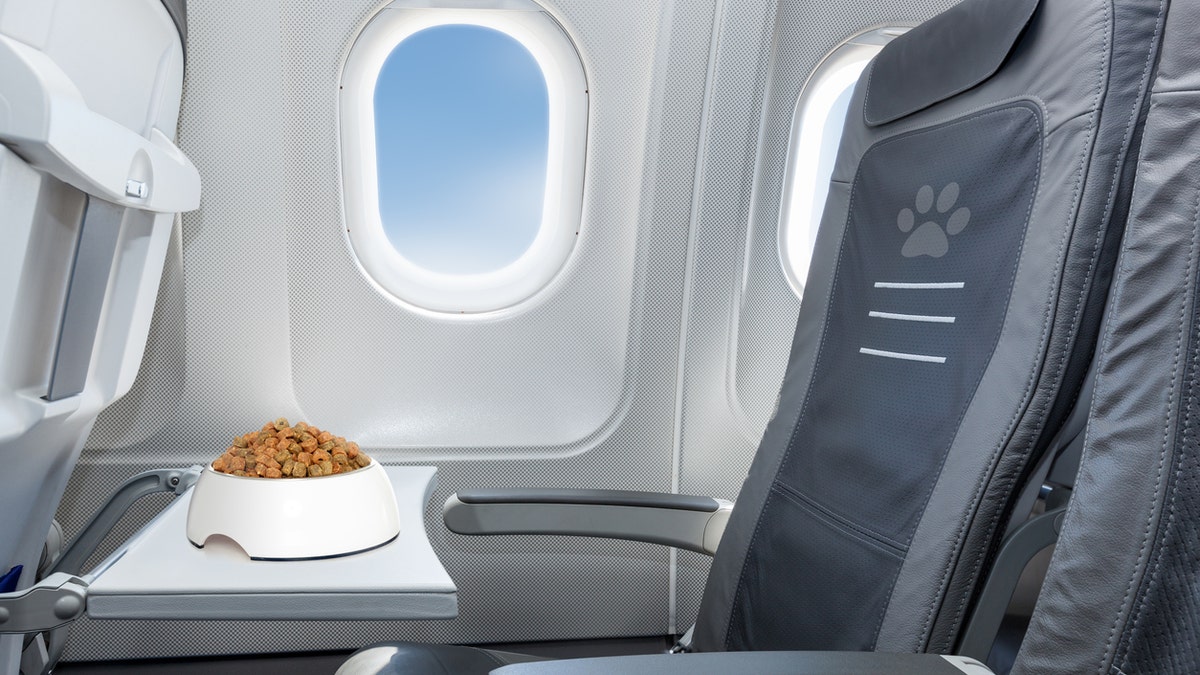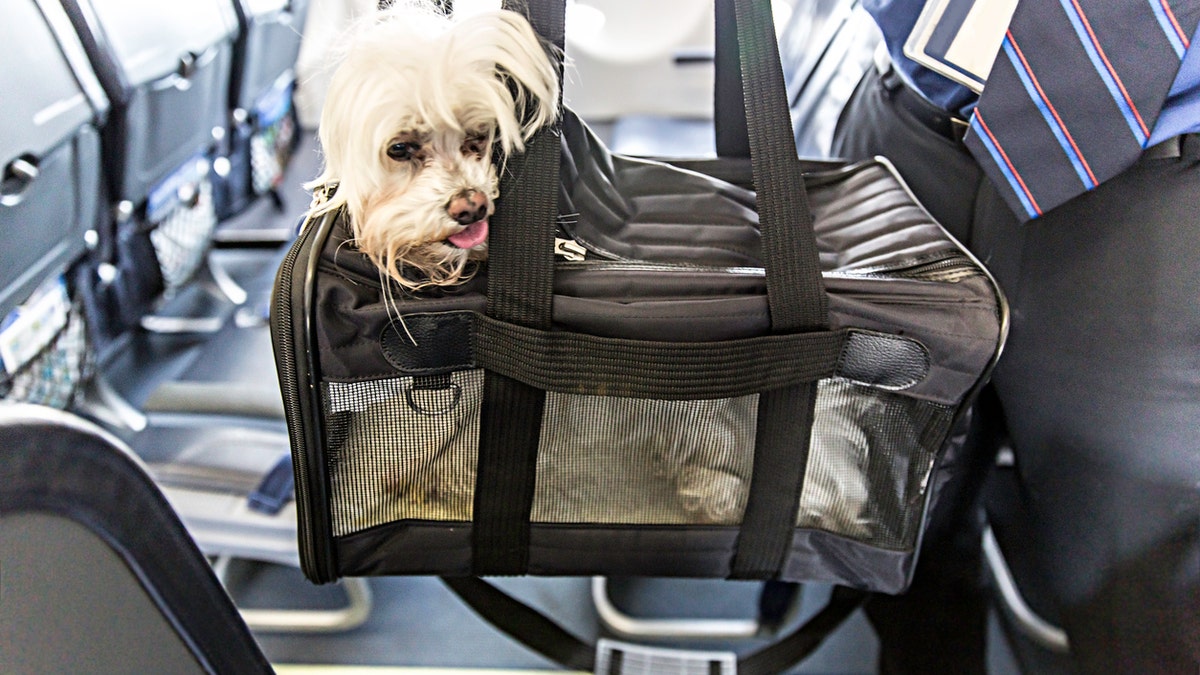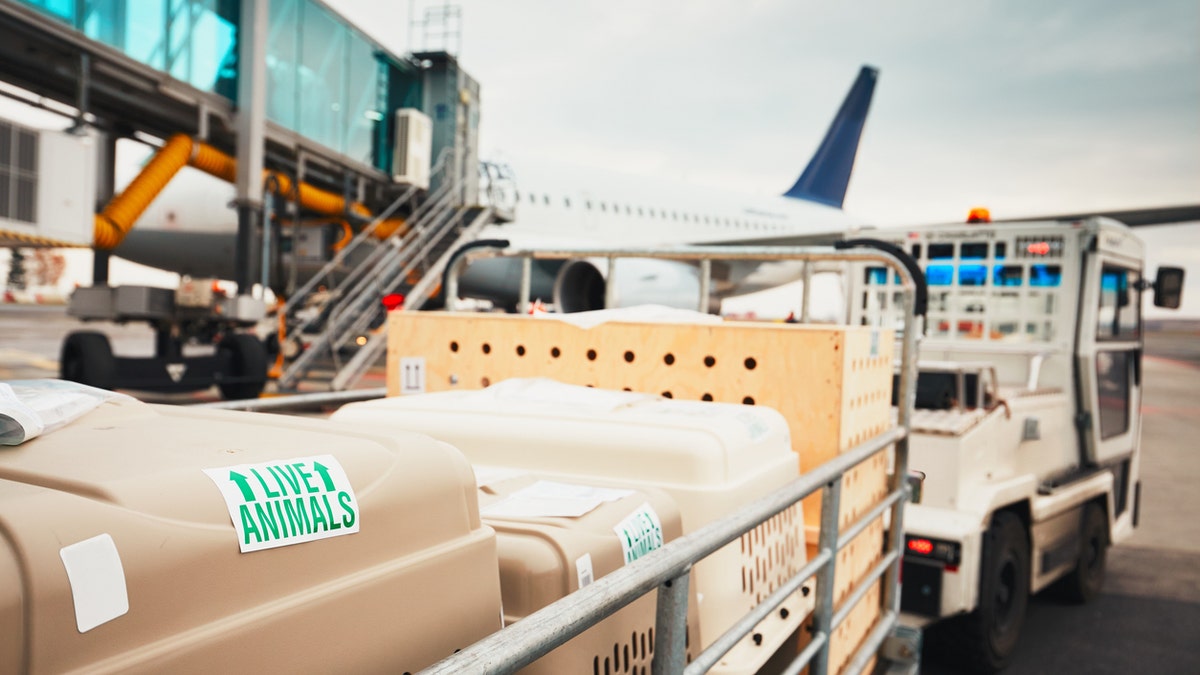
Small dog maltese sitting in the suitcase or bag wearing sunglasses and waiting for a trip (iStock)
Going on vacation with your best furry friend should be a fun experience. However, getting to your destination can be quite an adventure, especially if your preferred method of travel is by plane.
Of course, you want to ensure that Fido or Felix is safe and comfortable, but not all airlines make the journey easy. Also, advance arrangements won't always guarantee that your pet will travel on a specific flight.
Airlines reserve the right to refuse transport of an animal for reasons such as illness, an improper carrier, extreme temperatures, or if he or she demonstrates aggressive or violent behavior, according to U.S. Pet Air Travel Regulations.
More from The Active Times
When traveling with an animal, it is important to keep in mind that typically airlines require pet health certificates that are no older than 10 days, even if the country of your destination accepts an older one, the U.S. Department of State, says.
Pet policies can be hard to fully comprehend, but several general guidelines will help you make your companion as relaxed and content as possible through the trip. Avoid these major don'ts the next time you travel with a furry friend.
1. You feed them a lot

pet bowl full of food inside an airplane window seat where pets are welcome on board (iStock)
You should not give your dog or cat food at least six hours prior to flying. If they get nervous before traveling, an empty stomach will prevent them from throwing up. For the trip, bring along a supply of his or her regular food but don’t give it to your pet all at once.
2. You booked a non-direct flight

Pit Bull Service Dog Travels on Airplane Seat (iStock)
Choose the shortest route possible. The less time your furry friend spends traveling – especially if he or she doesn’t like it in general – the better. You will avoid the mistakes that occur during airline transfers and possible delays with getting your pet off the plane, the Humane Society says.
3. You travel during peak hours

Small dog is sticking his head out of a pet carrier as the boards an airplane. rm (iStock)
Try to book a flight during non-peak hours. This is your best chance of having fewer people on the plane, which may help Fido feel less stressed.
4. You fly your pet in the cargo hold

Dogs traveling by airplane. Boxes with live animals at the airport. (iStock)
Pooches and cargo holds don’t mix, PETA says. Transporting your companion animal in the cargo area is dangerous, terrifying, and potentially deadly. It’s very cold and it can be very scary or stressful for your dog or cat. Bags can fall out unexpectedly if the plane makes a sharp move, injuring your pet.
5. You don’t let it get familiar with its carrier

Small pet dog peeking out in air-line approved pet carrier (iStock)
The first step is getting the right kind of carrier. They are available in both hard and soft-sided. You want to make sure your pet isn't squeezed and they should also be comfortable but not be jostled around. Pets should, however, be able to freely turn and move around. It’s important to give your companion about a month to get used to its new environment.
6. You don’t take familiar toys

Small dog is sticking his head out of a pet carrier on an airplane. rm (iStock)
Put their favorite toy in the carrier for extra comfort. If your four-legged best friend has a favorite sleeping bed, stuffed animal, or bone toy, do not leave the house without bringing it. This will be a friendly reminder of home and will make them feel better, more comfortable and less stressed.
7. You give your pet tranquilizers

Passenger traveling with their pet dog. Pet carrier is stowed under the seat. (iStock)
The American Veterinary Medical Association absolutely does not recommend fliers give pets tranquilizers when traveling by because it can increase the risk of heart and respiratory problems. Short-nosed dogs and cats sometimes have even more difficulty with travel. Airlines may require a signed statement that your pet has not been tranquilized prior to flying. A sedated animal may not be able to brace and prevent injury.
Check out even more things you should NEVER do when flying with an animal.
